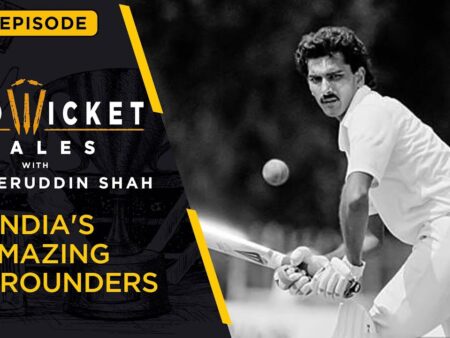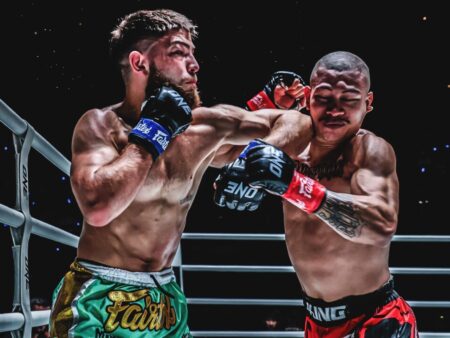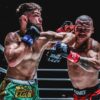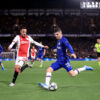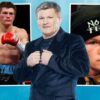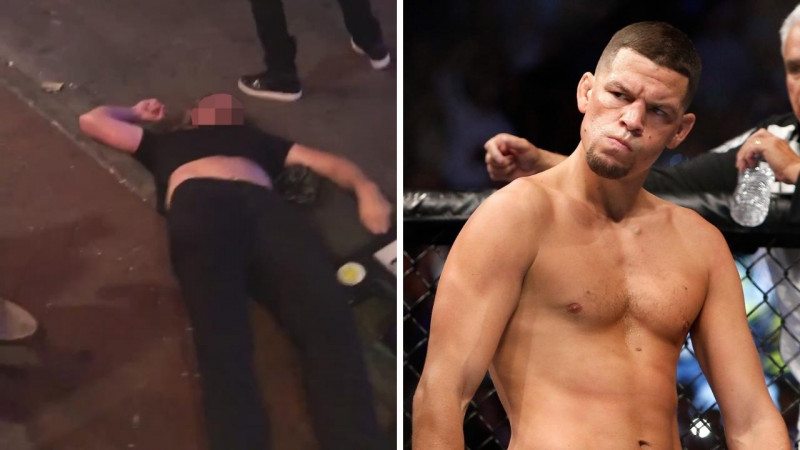
In the unpredictable world of mixed martial arts, Nate Diaz stands as a singular force. Known for his unflinching demeanor, iron chin, and “Stockton Slap,” the mere thought of him admitting fear in the octagon seems almost paradoxical. Yet, the self-proclaimed “BMF” champion recently revealed a surprising truth: not all fights are created equal, and some leave a deeper mark than others, regardless of the mainstream hype. His most “scariest” battles, it turns out, weren`t the ones that broke pay-per-view records, but those that forged his very essence as a fighter.
The Shadow of a “GOAT”: Confronting Takanori Gomi
For many, Nate Diaz`s name is inextricably linked with the seismic clashes against Conor McGregor. Those wars were spectacular, financially lucrative, and etched into UFC lore. However, when Diaz reflects on his career, a different narrative emerges, one that places a 2011 bout against Japanese legend Takanori Gomi at the very pinnacle of his most daunting challenges.
Gomi, “The Fireball Kid,” was a force of nature in PRIDE FC, a true “GOAT” in the eyes of many combat sports enthusiasts, including a young Nate Diaz. Imagine stepping into the ring not just against an opponent, but against an idol – a fighter whose style and ferocity you`ve admired and even emulated. That psychological weight, Diaz revealed, was immense. It was a confrontation with his own aspirations and the legend who helped shape them. This wasn`t merely a fight for a win; it was a proving ground, a deeply personal test of his capabilities against the standard he held highest.
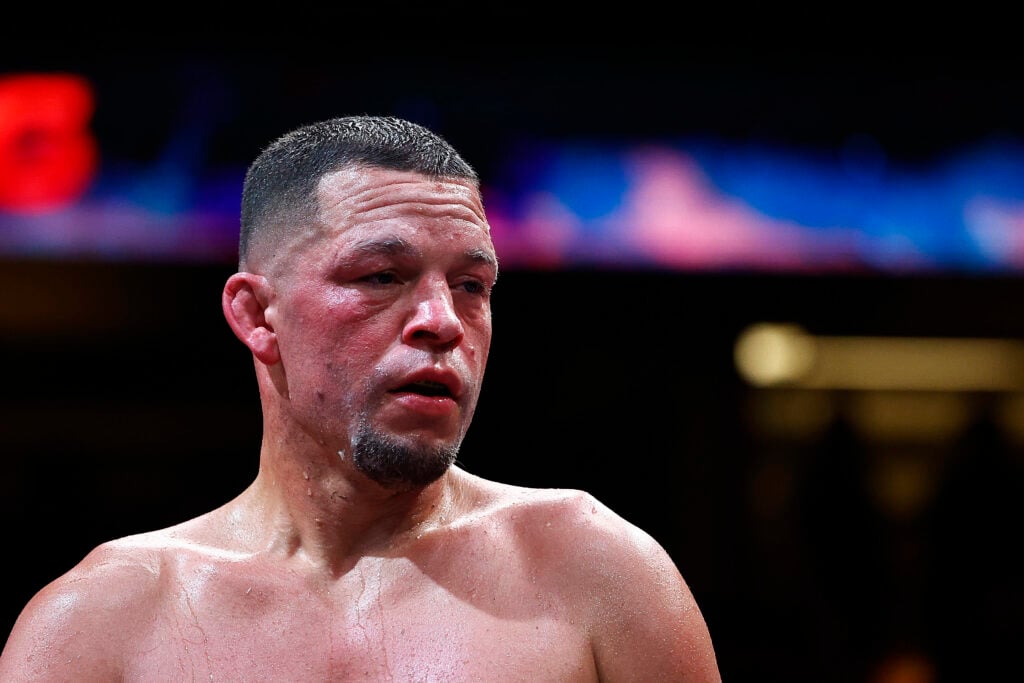
Adding another layer of complexity was the sibling dynamic. Years prior, Nate`s older brother, Nick Diaz, had famously submitted Gomi (a result later overturned due to a marijuana test). This created a palpable tension: Gomi, likely still harboring a competitive sting from that encounter, now faced the younger Diaz brother. Nate understood the implications. He humorously recounted his apprehension:
“Beating Gomi, that was the scariest fight of my life and that`s why it happened so perfect for me. He’s older and not peaking, but I watched him; I based a lot of my fighting off of him. I was like, ‘Bro, s—, you’re the guy, and now I’m fighting you? And Nick f—– you [up] so you’re really mad at me? I’m having a hard time sleeping tonight.’ You might just get f—– up because of that [laughs].”
That internal dialogue, the wrestling with respect and the primal need to overcome, painted a vivid picture of a fighter`s true vulnerabilities and triumphs. Diaz`s first-round submission victory over Gomi at UFC 135 was not just a notch in his win column; it was a deeply cathartic and career-validating moment, born from genuine fear and profound respect.
Beyond the Blockbusters: Why Gomi and Cerrone Matter More
It`s easy for fans and analysts to fixate on the most visible, highest-stakes contests. The McGregor fights were certainly that, elevating Diaz to superstar status. But for the Stockton native, true legacy isn`t always measured in mainstream adoration or a swollen bank account. It`s often defined by the battles that test one`s spirit and affirm their place in the hierarchy of the sport.
Diaz’s perspective highlights a crucial distinction: the difference between a high-profile spectacle and a career-shaping crucible. While the McGregor duels were thrilling showcases, fights against legends like Gomi and formidable contenders like Donald “Cowboy” Cerrone were deeply personal benchmarks. They were statements, not just victories.
Conquering the “New Wave”: Donald “Cowboy” Cerrone
Following his triumph over Gomi, Diaz faced another significant challenge in Donald “Cowboy” Cerrone. At the time, Cerrone was riding a four-fight winning streak, having transitioned seamlessly from the WEC and established himself as a dominant force in the lightweight division. He represented the “new thing,” a surging talent garnering significant attention.

For Diaz, defeating Cerrone was an opportunity to make an unequivocal statement, to show the world who the real top dog was. It wasn`t about out-earning someone or grabbing headlines; it was about asserting dominance over a respected, dangerous opponent who was at the peak of his momentum. Diaz’s comprehensive victory over Cerrone was a masterclass, arguably one of his finest performances, effectively derailing Cerrone`s ascent and solidifying Diaz’s own standing as an elite lightweight.
“That was the biggest s— when I fought Cowboy [Donald Cerrone]. That was fighting a guy that I thought, ‘You guys are all looking at this b—- a– m———–? Nah.’ Because he’s the new thing coming from the WEC s—. So I beat his a– and was like, what’s up? And to me, that felt like a big piece of my timeline.”
This candid reflection underscores the authentic, almost territorial nature of Diaz’s competitive drive. These were not just fights; they were foundational moments in his personal “timeline,” shaping his identity and solidifying his conviction as a fighter.
The Unspoken Code of a Legend
Nate Diaz’s revelations offer a fascinating glimpse into the psyche of a combat sports icon. His “scariest” fights were not against the biggest names or for the highest stakes in the public eye, but against those who represented a personal challenge, an idol to overcome, or a rising tide to staunch. For Diaz, the greatest victories aren`t always the most celebrated, but the ones that resonate deepest within his own storied journey, proving his mettle against the very legends and formidable talents he respected most. It`s a reminder that true legacy is often built in the quiet, sleepless nights before battles that only the fighter truly understands.
